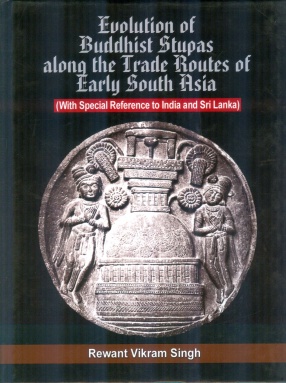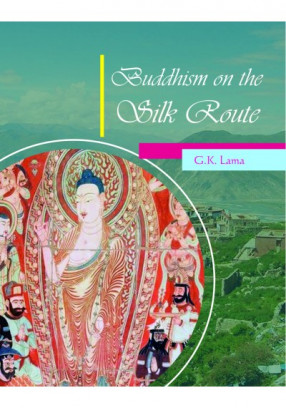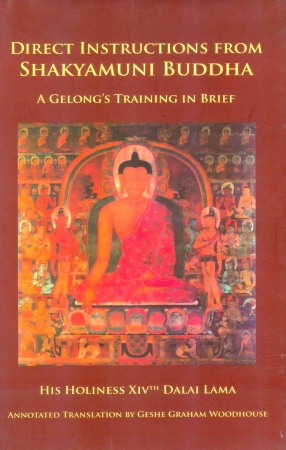Evolution of Buddhist Stupas Along the Trade Routes of Early South Asia: With Special Reference to India and Sri Lanka
In the present book, the author attempts to examine the evolution of Buddhist Stupas along the ancient maritime and overland trade routes connecting India and Sri Lanka. The work highlights a close association between trade routes and the centres of Buddhist institutions, which are predominantly located along the trade routes. Along with the caravanas of the trades, Buddhisum and Buddhist artistic influences, primarily represented by stupas, travelled from India to Sri Lanka.
An interesting aspect of the stupas architecture is that it is definite and clearly identifiable, irrespective of the period of the country of its origin as it is prodeced as per the definite illustrations prescribed in ancient Buddhist literary sources. With time and space, the Buddhist art and architecture established an "Indian model," which with the expansion of Buddhism along the trade routes, came to be imitated by the other cultures of South Asia such as Sri Lanka. Over a periods of time, some local cultural attributes were also added to the Buddhist art and architecture to cater to aspirations of the varied cultures of South Asia. The stupa, the most archetypal object of veneration by the Buddhist tradition. In this book, an attempt has been made to analyse the concept of Stupa with regard to its origin, development and symbolism in time and space in South Asia, particularly India and Sri Lanka.
Get it now and save 10%
BECOME A MEMBER









Bibliographic information
Tags